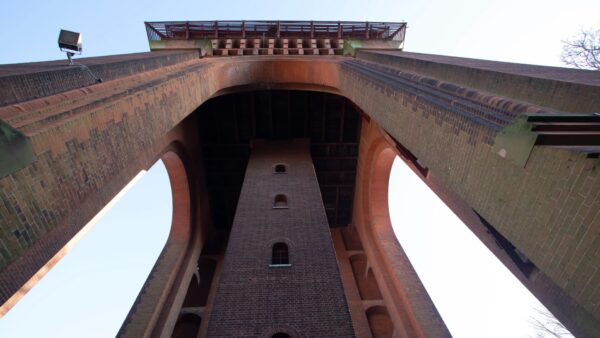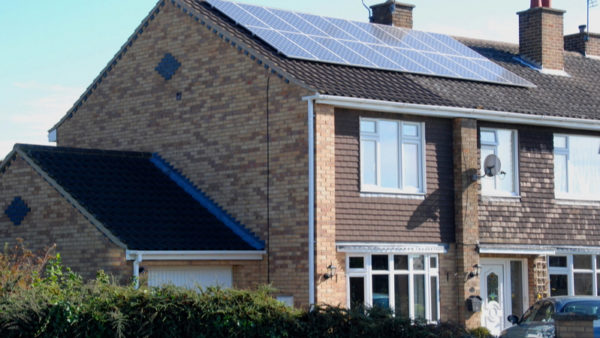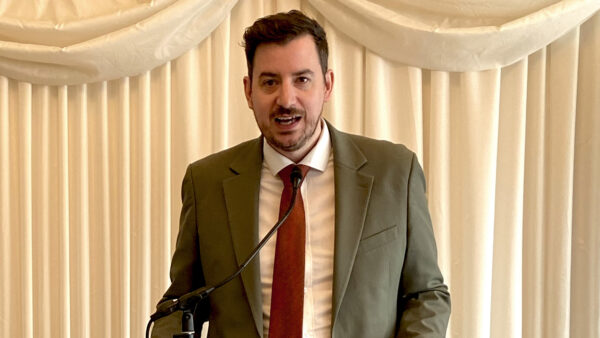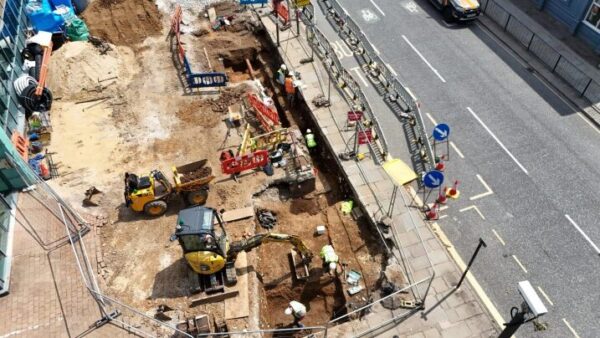
A new report has highlighted ‘red flags’ that need to be addressed before the construction industry can move towards having a fully competent installer workforce.
Working Group 2, within the Construction Leadership Council’s post-Grenfell Competence Steering Group, has produced the report.
Members of the working group worked with six pilot installer sectors: Domestic Plumbing and Heating, Dry Lining, Fire Detection and Alarms, Fire Stopping Specialist, Rainscreen Cladding, and Roofing.
Red flags identified
They benchmarked existing competence arrangements to set a baseline to identify shortfalls in competencies.
They also considered the changes needed to create competence frameworks that comply with the recommendations of Setting the Bar.
In 2020, Setting the Bar outlined how industry must improve the competence of those procuring, designing, constructing, inspecting, assessing, managing, installing and maintaining higher-risk residential buildings.
This week’s report (launched on 17 May) recognises that good practice exists in each of the six sectors that allows them to demonstrate elements of competence.
But it also ‘red rated’ certain elements of each sectors’ arrangements. This showed that “significant work” is required to meet the requirements of Setting the Bar, it warned.
Competency frameworks
Each sector will now develop sector-specific competence frameworks that play to existing strengths and deal with any red flag issues raised in the report.
This process is expected to take six to nine months.
The report also calls on other installer sectors to begin their own competence journey now, offering guidance to help them do so which Working Group 2 has developed during the pilots.
‘Important milestone’
Mark Reynolds, sponsor for the CLC’s People and Skills Network, said: “Publication of Working Group 2’s latest report marks an important milestone in progress towards improved standards of installer competence in the built environment. The CLC will continue to do all we can to assist with the pilots and I would urge other installer sectors now to embark on their own competence journeys, drawing on the resources which Working Group 2 has provided.”
Nick Jarman, chair of Working Group 2, said: “There has been much collaboration since the formation of Working Group 2, focused on how we can learn from the lessons of the past and forge a new pathway of improvement for the future with the objective of providing a safer built environment overall.
“I would like to thank sector representatives and my Working Group 2 colleagues for getting the pilot process to the point this report can be published. Working Group 2 looks forward to further engagement and collaboration with the wider installer sector to continue progress on this crucial workstream.”
Iain McIlwee, chief executive of the Finishes and Interiors Sector trade association (FIS), a participant in the Dry Lining pilot, added: “FIS and its members are fully committed to raising standards of competence for organisations and individuals and we have found it immensely valuable to collaborate with and learn from colleagues through this work. We look forward to carrying on the work, further developing and embedding the dry lining competence framework into the core of our sector and beginning the dialogue about competence in other disciplines to ensure that we all work better together.”
Comments
Comments are closed.












It is called training and certification through training. Something that used to be called an apprenticeship. I have 44 years experience in the industry and it has taken everyone that amount of time to realise that you need to train and then hold those that you do train accountable for the service/works that they provide. Let’s call it “Setting the Bar” and everyone will think that it is innovative and wonderful.
May I also suggest fire damper installers be product specific qualified as dampers are not generic, co-ordination with the fire stopping is most questionable in some instances.
The follow on installation of cable infrastructure, IT or security, still has an element of an-out-of sight, out-of-mind approach, with no sub sequential reinstatement of the newly installed fire stopping. Or designated containment to avoid entanglement.